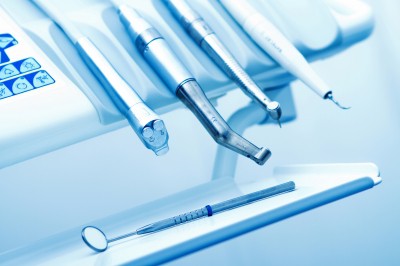At Burlingame Dental Arts, you best family dentist SW Portland has, we understand that not every patient enjoys visiting our dental office. While everyone can appreciate what scheduling regular dental appointments means to the health or their teeth and gums, many people harbor feelings of anxiety about visiting the dentist.
A study conducted by the National Institutes of Health found that 35 percent of adults suffer from some form of dental anxiety, while 12 percent suffer from serious anxiety. The study found that individuals suffering from dental anxiety were significantly less likely to schedule dental appointments when compared to individuals without a fear of the dentist.
While a number of reasons are often cited to explain why people fear the dentist – ranging from a dislike of needles to feeling self-conscious when being examined – a new study has brought researchers closer than ever to an explanation. According to a study presented at the annual meeting of the Society of Neuroscience, Japanese researchers have found that patients suffering from dental anxiety exhibit marked differences in how their brain responds to the sounds of dental drills and suction instruments when compared to patients who feel relaxed while sitting in a dentist’s chair.
Researchers hope that by determining how the brain reacts to specific dental related sounds it will enable them to find different methods for helping patients feel more relaxed.
All in the Head
As part of the study, researchers asked 21 female and 12 male patients between the ages of 19 and 49 to complete a survey that measured their individual dental anxiety levels. Researchers then split the patients into two groups – high anxiety and low anxiety – based on their survey scores.
Patients then underwent a brain scan using a functional magnetic resonance imaging machine (fMRI). During the scans, researchers played a variety of dental related sounds- such as the rasping of a suction tool or the high-pitched whine of a dental drill – mixed with neutral sounds. Patients were isolated while undergoing the fMRI scan to eliminate any outside distractions.
Patients in the low dental anxiety group exhibited little difference in their brain patterns when hearing dental sounds than when exposed to neutral sounds. Their brain activity showed that when hearing dental sounds, the area of the brain known as the left and right superior gyri – a primary auditory area of the brain – was stimulated more when compared to them hearing neutral sounds.
Patients in the high dental anxiety group had a completely different response when exposed to the sounds of drills and suction tools. These patients exhibited a strong response in the region of the brain referred to as the left caudate nucleus, a part of the brain that plays a role in how we learn. Researchers suspect this area of the brain may play a role in remembering the sounds of a dental office and associating them with feelings of anxiety and discomfort.
Researchers hope that by better understanding how certain parts of the brain can negatively associate certain feelings with sounds doctors may be able to develop cognitive behavioral therapy techniques to help patients suffering from severe dental anxiety.


